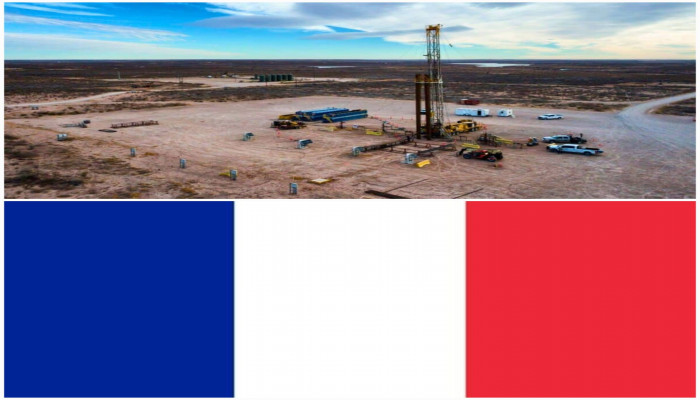France discovers world's largest natural hydrogen reserve
- In Reports
- 04:58 PM, Mar 08, 2025
- Myind Staff
France has made a groundbreaking discovery in the search for clean energy. Scientists have found an enormous 46-million-ton reserve of natural hydrogen beneath the soil in Folschviller, located in the Moselle region. This unexpected finding could significantly impact the shift toward sustainable energy.
Researchers from the GeoRessources laboratory and CNRS initially looked for methane but uncovered a massive natural hydrogen deposit buried 1,250 meters underground. To put this into context, the amount discovered is more than half of the world’s annual production of gray hydrogen, except this version comes without carbon emissions.
Unlike green and gray hydrogen, this "white hydrogen" does not require industrial processes for production, nor does it release CO₂. Since it naturally exists beneath the Earth's surface, it can be extracted with minimal environmental impact. If utilised effectively, this discovery could transform how energy is produced and consumed worldwide.
For years, the progress of the hydrogen economy has been hindered by two key challenges. The first is the high cost and complexity of producing green hydrogen, which depends on large amounts of renewable energy. The second is the environmental impact of gray hydrogen derived from fossil fuels.
White hydrogen has the potential to solve both issues at once. It exists naturally and can be extracted easily, providing a clean, affordable, and highly efficient energy source. Unlike other forms of hydrogen, it does not require energy-intensive electrolysis or reliance on fossil fuels; it’s simply there and ready to be used. The possibilities are vast. If similar underground hydrogen reserves are found elsewhere, it could spark a global shift toward sustainable energy, allowing countries to access clean fuel without investing in expensive production infrastructure. Lorraine, a region once known for its coal and steel industries, is now at the centre of this breakthrough. This discovery offers a unique chance for Lorraine to emerge as a leader in hydrogen production and energy innovation.
The potential impact is enormous. This discovery could surge job opportunities, from resource extraction to hydrogen-based industries. It may also breathe new life into struggling local economies by turning abandoned mining areas into energy hubs. On a national scale, France can play a crucial role in Europe’s push for energy independence, reducing reliance on imported fossil fuels. By acting quickly, France could become a leader in white hydrogen production, exporting its expertise and securing a strong position in this growing industry. While other countries still depend on costly hydrogen production methods, France can move ahead by utilising its naturally occurring reserves. This discovery also raises an important question: how many more hidden hydrogen deposits remain undiscovered? The find in Lorraine suggests that other regions in Europe and beyond could also be sitting on untapped hydrogen resources.
This discovery could spark a global race to identify and tap into these underground hydrogen reserves if confirmed. Nations investing in geological research might uncover their supplies, potentially shifting energy dynamics and accelerating the transition from fossil fuels. On the other hand, countries that do not explore their underground resources could face setbacks as white hydrogen reshapes global energy markets. Aside from its economic and environmental impact, this finding is a significant scientific breakthrough. Researchers at GeoRessources and the CNRS are already studying safe methods for extracting and storing natural hydrogen.
Scientists are also concerned about the long-term sustainability of these underground reservoirs. Their goal is to use these reserves efficiently without exhausting them too quickly. Current research is focused on finding similar geological formations in other parts of the world. If Lorraine holds such a vast amount of white hydrogen, it is likely that different regions, possibly in Europe, Asia, or North America, may also have hidden deposits.







Comments